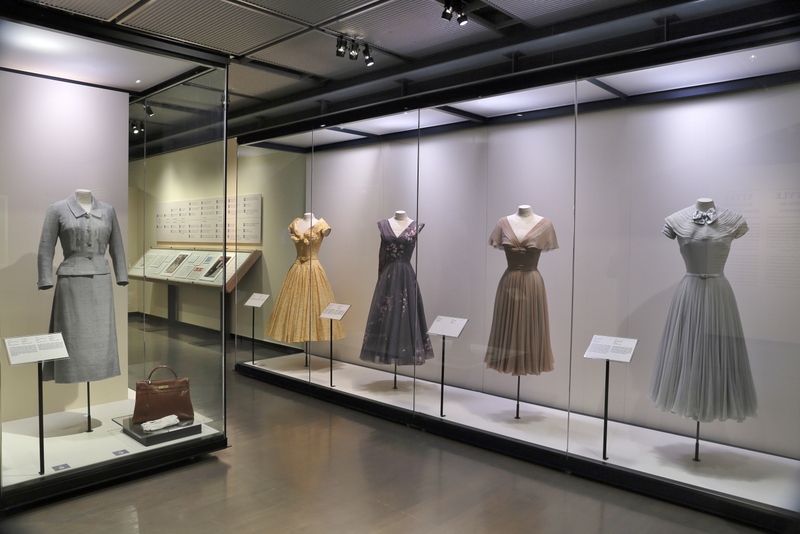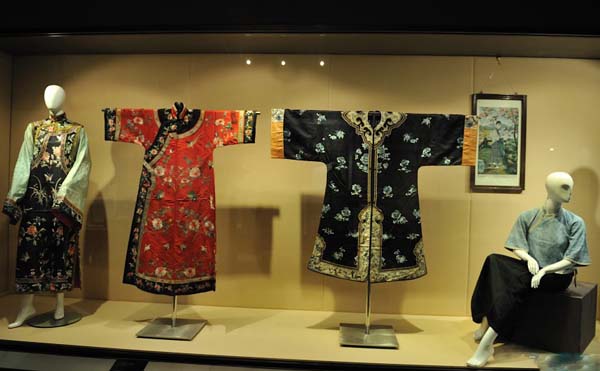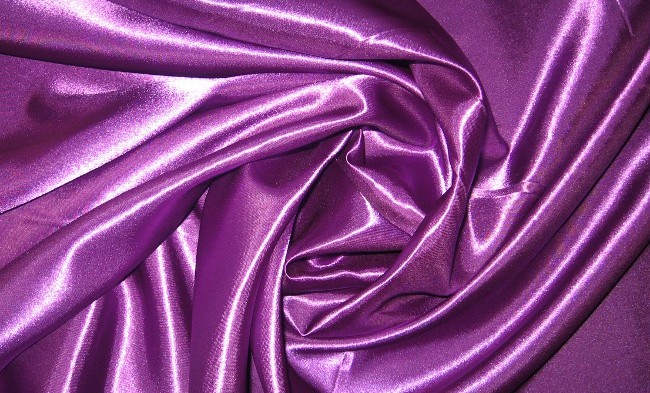
Conservation treatments
The conservator's task is primarily to stop the destruction processes, and then preserving, as far as possible, the original properties and original appearance of a given monument. Only depending on the current purpose of the antique fabric are taken …
 Disinfection. To combat microbes (for decontamination) in addition to choosing the right measure, the adopted technique of work is very important. Spraying is the most appropriate. The process should proceed in the following stages: 1) drying the object, 2) Purification, 3) application …
Disinfection. To combat microbes (for decontamination) in addition to choosing the right measure, the adopted technique of work is very important. Spraying is the most appropriate. The process should proceed in the following stages: 1) drying the object, 2) Purification, 3) application … Disinsection. In order to protect fabrics from insect attacks, fungicides are placed in cabinets and display cases or sprayed with them. Of course, the basic protection against pests is ensured by regular harvest control, maintaining cleanliness and appropriate conditions …
Disinsection. In order to protect fabrics from insect attacks, fungicides are placed in cabinets and display cases or sprayed with them. Of course, the basic protection against pests is ensured by regular harvest control, maintaining cleanliness and appropriate conditions … Fabric storage. An important role in preventive treatments is played by proper storage of fabrics. Placing fabrics in a lying position works well, in fairly flat drawers, but yes, so that there are no folds Objects should be interleaved with acid-free tissue paper. Sometimes, especially the bigger ones …
Fabric storage. An important role in preventive treatments is played by proper storage of fabrics. Placing fabrics in a lying position works well, in fairly flat drawers, but yes, so that there are no folds Objects should be interleaved with acid-free tissue paper. Sometimes, especially the bigger ones … The proper operation of these treatments consists primarily in stopping chemical changes and mechanical damage in historic fabrics.
The proper operation of these treatments consists primarily in stopping chemical changes and mechanical damage in historic fabrics. External factors. Fabrics are relatively resistant to external factors. While in the ground, the fabric is subject to the destructive action of various microorganisms and chemicals; when released into the air, it often crumbles. Fabrics of plant origin dissolve in an acidic environment, and of animal origin in …
External factors. Fabrics are relatively resistant to external factors. While in the ground, the fabric is subject to the destructive action of various microorganisms and chemicals; when released into the air, it often crumbles. Fabrics of plant origin dissolve in an acidic environment, and of animal origin in …
 Relative humidity. Both excess and insufficient moisture are harmful to fabrics, but especially its sudden fluctuations. Changes in air humidity cause changes in the dimensions of the fibres, also causing their friction. Low humidity leads to drying of the fibres, which become in …
Relative humidity. Both excess and insufficient moisture are harmful to fabrics, but especially its sudden fluctuations. Changes in air humidity cause changes in the dimensions of the fibres, also causing their friction. Low humidity leads to drying of the fibres, which become in … Mechanical damage. Old fabrics often have tears, cracks and holes caused by use. Flexural strength of these fabrics, tearing and stretching is so greatly weakened, that even under the influence of their own weight, cracks and tears appear in them. No small importance …
Mechanical damage. Old fabrics often have tears, cracks and holes caused by use. Flexural strength of these fabrics, tearing and stretching is so greatly weakened, that even under the influence of their own weight, cracks and tears appear in them. No small importance …